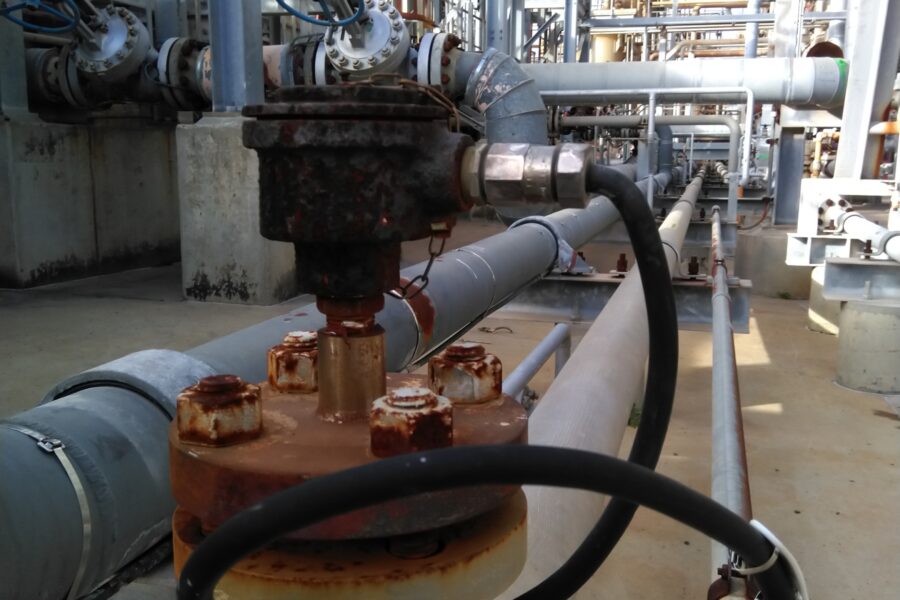The smart Trick of Roar Solutions That Nobody is Talking About
The smart Trick of Roar Solutions That Nobody is Talking About
Blog Article
All About Roar Solutions
Table of ContentsSome Known Questions About Roar Solutions.The Buzz on Roar SolutionsOur Roar Solutions Diaries
In such an atmosphere a fire or surge is possible when 3 basic conditions are met. This is typically described as the "harmful location" or "combustion" triangular. In order to shield installments from a potential surge a technique of analysing and categorizing a possibly unsafe location is needed. The purpose of this is to make certain the appropriate choice and installment of devices to inevitably stop a surge and to make certain safety of life.
(http://prsync.com/roar-solutions/)
No tools ought to be mounted where the surface temperature of the devices is higher than the ignition temperature level of the offered danger. Below are some typical dust dangerous and their minimal ignition temperature level. Coal Dust 380C 225C Polythene 420C (thaws) Methyl Cellulose 420C 320C Starch 460C 435C Flour 490C 340C Sugar 490C 460C Grain Dirt 510C 300C Phenolic Resin 530C > 450C Aluminium 590C > 450C PVC 700C > 450C Residue 810C 570C The likelihood of the risk existing in a focus high sufficient to cause an ignition will vary from location to area.
In order to classify this danger an installment is divided into areas of risk relying on the quantity of time the unsafe is present. These areas are described as Areas. For gases and vapours and dusts and fibers there are 3 areas. Area 0 Area 20 An unsafe environment is highly most likely to be present and might exist for lengthy durations of time (> 1000 hours annually) and even continually Area 1 Area 21 A harmful ambience is possible yet not likely to be present for lengthy periods of time (> 10 450 C [842 F] A classification of T6 suggests the minimum ignition temperature level is > 85 C [185 F] Dangerous area electric devices possibly developed for usage in higher ambient temperature levels. This would certainly showed on the rating plate e.g. EExe II C T3 Ta + 60C( This implies at 60C ambient T3 will certainly not be exceeded) T1 T1, T2, T3, T4, T5, T6 T2 T2, T3, T4, T5, T6 T3 T3, T4, T5, T6 T4 T4, T5, T6 T5 T5, T6 T6 T6 A T Class rating of T1 suggests the optimum surface area temperature level generated by the tool at 40 C is 450 C. Thinking the connected T Course and Temperature level ranking for the equipment are proper for the area, you can constantly utilize an instrument with a more rigid Department score than needed for the area. There isn't a clear response to this concern. It really does depend on the sort of devices and what fixings need to be performed. Devices with details examination procedures that can't be carried out in the area in order to achieve/maintain 3rd party score. Should come back to the factory if it is prior to the equipment's service. Area Repair By Authorised Employee: Challenging screening might not be required nonetheless particular treatments may need to be followed in order for the equipment to keep its 3rd party rating. Authorised personnel have helpful resources to be utilized to do the job correctly Repair work need to be a like for like replacement. New component need to be taken into consideration as a direct substitute requiring no special testing of the equipment after the repair service is full. Each tool with a hazardous rating ought to be evaluated individually. These are detailed at a high degree listed below, but also for even more in-depth details, please refer directly to the standards.
Little Known Facts About Roar Solutions.
The devices register is an extensive data source of tools documents that includes a minimum set of areas to identify each item's location, technical parameters, Ex category, age, and ecological data. The proportion of Detailed to Shut inspections will be figured out by the Tools Threat, which is evaluated based on ignition danger (the chance of a resource of ignition versus the chance of a combustible environment )and the harmful area classification
( Zone 0Area 1, or 2). Executing a robust Risk-Based Inspection( RBI )technique is important for guaranteeing compliance and safety and security in taking care of Electrical Equipment in Hazardous Areas( EEHA).
The Only Guide for Roar Solutions

In terms of eruptive risk, a dangerous location is an environment in which an explosive ambience is present (or may be expected to be present) in quantities that need unique preventative measures for the building and construction, installation and use of devices. hazardous area course. In this short article we explore the challenges dealt with in the office, the threat control steps, and the needed competencies to work safely
These compounds can, in certain problems, create eruptive ambiences and these can have major and unfortunate effects. Many of us are acquainted with the fire triangular get rid of any kind of one of the three components and the fire can not occur, but what does this mean in the context of unsafe locations?
In a lot of circumstances, we can do little regarding the degrees of oxygen airborne, yet we can have significant impact on sources of ignition, for example electric equipment. Hazardous areas are documented on the hazardous location category illustration and are recognized on-site by the triangular "EX-SPOUSE" indicator. Here, amongst other vital info, areas are split into three kinds relying on the risk, the likelihood and period that an eruptive environment will exist; Zone 0 or 20 is deemed one of the most dangerous and Zone 2 or 22 is deemed the least.
Report this page